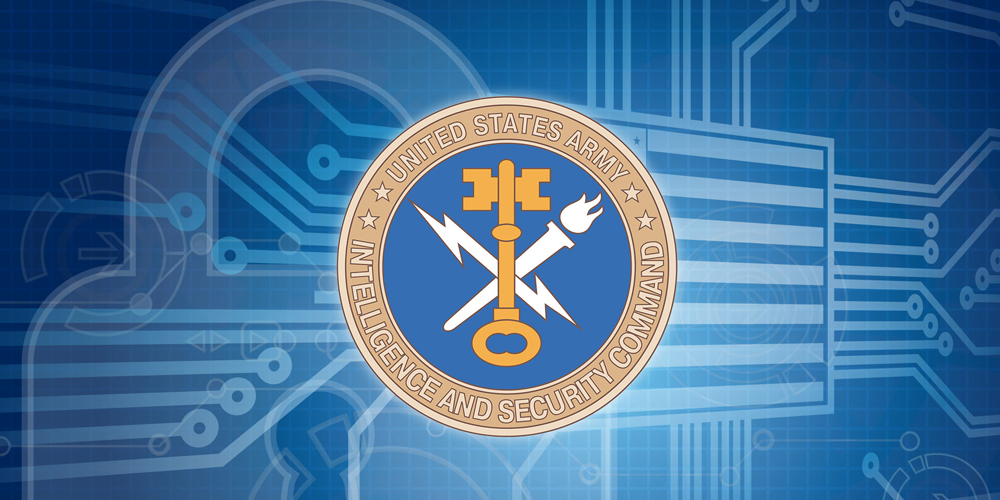
Strengthening ties with the intelligence community
From the Director, U.S. Army Acquisition Support Center
How well do the acquisition and intelligence communities synchronize their efforts, coordinate their activities and communicate to each other what they’re doing, how they’re doing it and why?
That question was an underlying theme when U.S. Army senior leaders met Sept. 15-16, 2016, for the Program Executive Office (PEO) – Deputy Assistant Secretary of the Army (DASA) Summit at the National Ground Intelligence Center (NGIC), outside Charlottesville, Virginia. The NGIC, part of the U.S. Army Intelligence and Security Command, provides scientific and technical intelligence as well as general military intelligence on foreign ground forces.
As you might guess, most of the content of that day-and-a-half gathering of PEOs, DASAs and the intelligence community can’t be discussed, having been at a highly classified level. But the issue of how well the acquisition and intelligence communities synchronize their efforts, coordinate their activities and communicate with each other led to a follow-on conversation: Having more people in each of these two communities who had more experience with and knowledge of the other would foster a greater mutual understanding.
So we talked at great length about that and about how we might establish rotational and developmental opportunities whereby people from one community would work inside the other.
COMMUNICATION IS KEY
That conversation sparked a bigger question: How do we help the acquisition workforce understand the communities that are so vital to what we do in a way that leads us to better acquisition outcomes? While people use the term “strategic communications” very loosely, it really is important for us to consider.
If we’re not very good at explaining what we do and why we do it, it shouldn’t surprise us when other people are confused or distrustful, or make decisions that contradict or hinder what we do, because they just don’t understand that those decisions have any impact at all.
Intelligence, resourcing, generating requirements—those are just a few of the activities and communities that have a vital role in acquisition. After all, acquisition takes an idea—“we have a capability gap”—to develop a capability and put it in the hands of Soldiers. That process represents an enormous spectrum of capabilities involving lots of different players to get as close as possible to a 100 percent solution—recognizing that sometimes an 80 percent solution is exactly what we need because we need it now.
We already do acquisition well. But there are some areas where we could do better or expand on what we’re currently doing. And there are some other areas that we really haven’t tapped yet. In looking at these, what do some of these other communities think their role is with respect to ours? Are their perspectives the same as ours? How do we more closely align those two viewpoints? Do we have an opportunity to support that alignment through an exchange of subject matter experts?
CONCLUSION
Within the broad pyramid that we have for career paths and development of the Army Acquisition Workforce, we talk about the idea of becoming a master of your trade within any professional community. You each have to develop some solid core functional expertise. You have to know your tradecraft.
But at some point, as you become an expert in your tradecraft, if you really want to have a larger impact, you have to branch out into broadening experiences and seek to understand how your role fits in the larger acquisition spectrum. That’s when you start to put the engineering community with the test community—and the engineering and test experts with the contracting experts; and the engineering, test and contracting experts with the logistics professionals.
As you start to do that, you recognize that you might be the best engineer, but you can do only so much if you don’t understand how all these other activities—test, contracting, logistics, intelligence—play into the bigger picture.
Exactly what these subject-matter expert exchanges will look like remains to be determined. My first step is to consult with the PEOs. Once they give me a feel for what they think is needed, I can reach out to the intelligence community. Together, we’ll develop a way forward: figure out what’s missing, come up with a plan and use the resources we have and the programs already in place to facilitate implementation. Once again, this is probably a place where the Defense Acquisition Workforce Development Fund (DAWDF) will play a big role. DAWDF has been critical to our ability to change the way we do business, primarily in developing the acquisition workforce.
The better understanding and dialogue we can achieve between the acquisition and intelligence communities, the more effective we will be at keeping our forces, the U.S. Army, the most capable and dominant army in the history of the world.

EXCHANGING EXPERTISE
The U.S. Army Intelligence and Security Command is a vital, complex and far-reaching organization. So is the Army Acquisition Workforce. Better understanding and coordination between the acquisition and intelligence communities would lead to better results for Soldiers. With that in mind, they are looking for ways to build closer ties, such as through personnel exchanges. (SOURCE: U.S. Army Acquisition Support Center)
This article was orignially published in the January – March 2017 issue of Army AL&T Magazine.
Subscribe to Army AL&T News, the premier online news source for the Acquisition, Logistics, and Technology (AL&T) Workforce.







